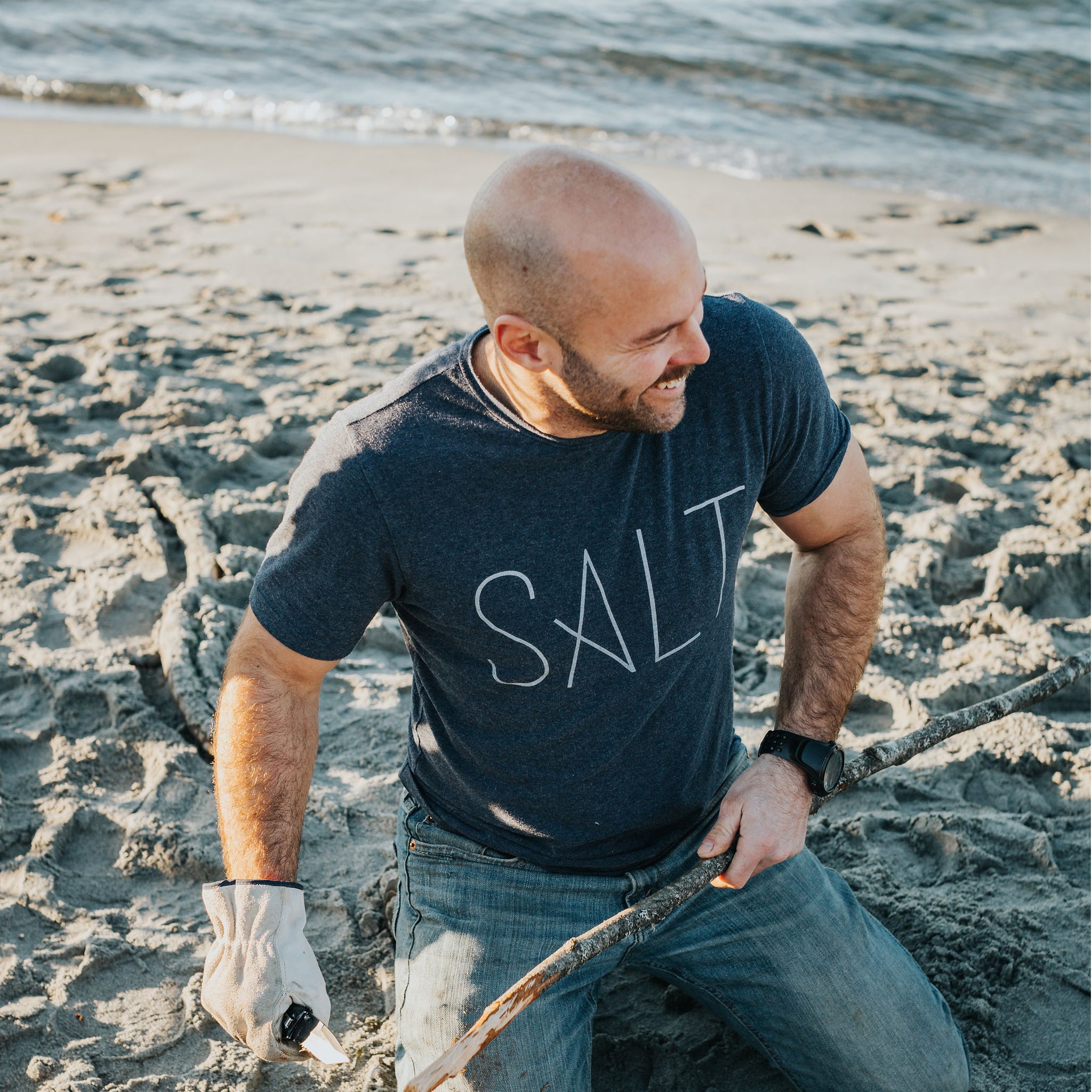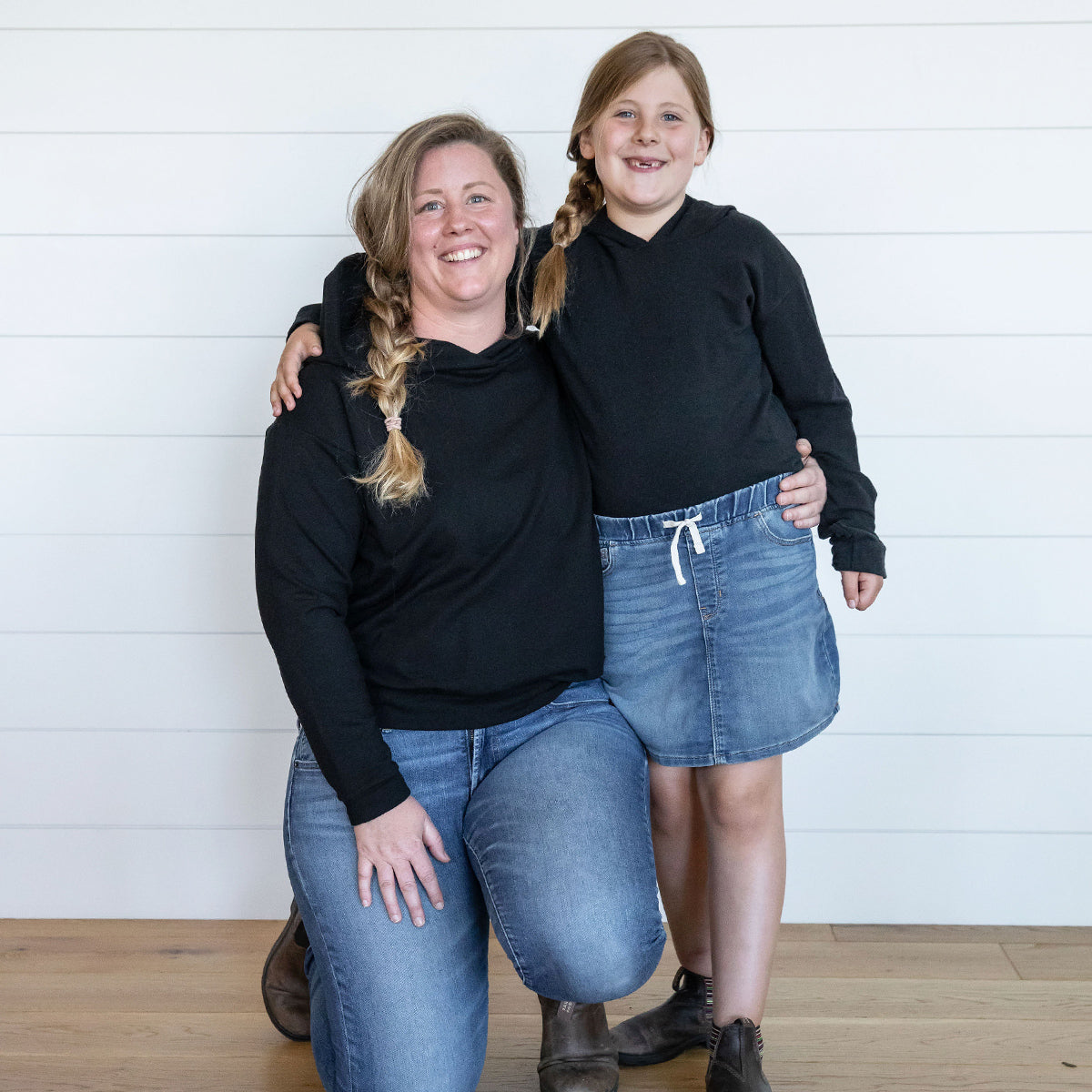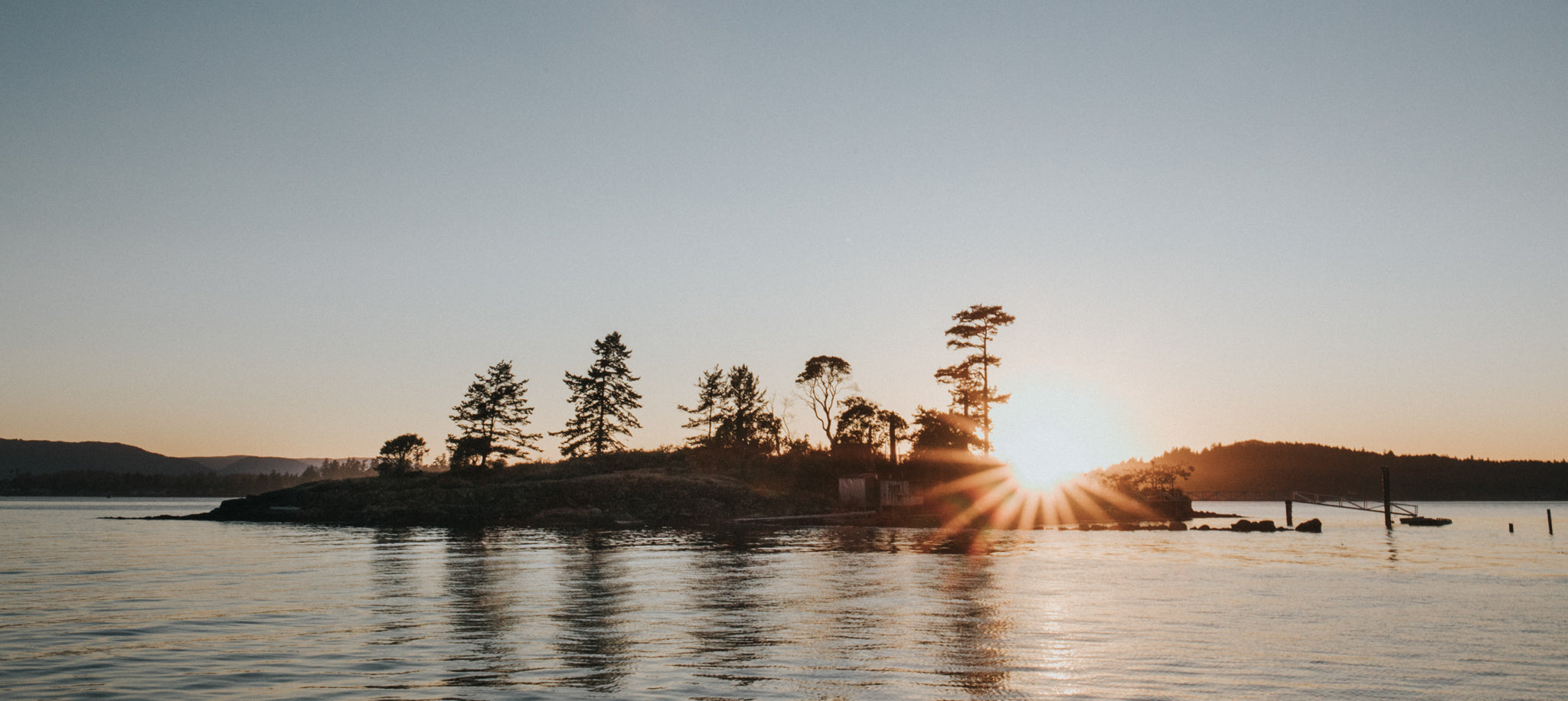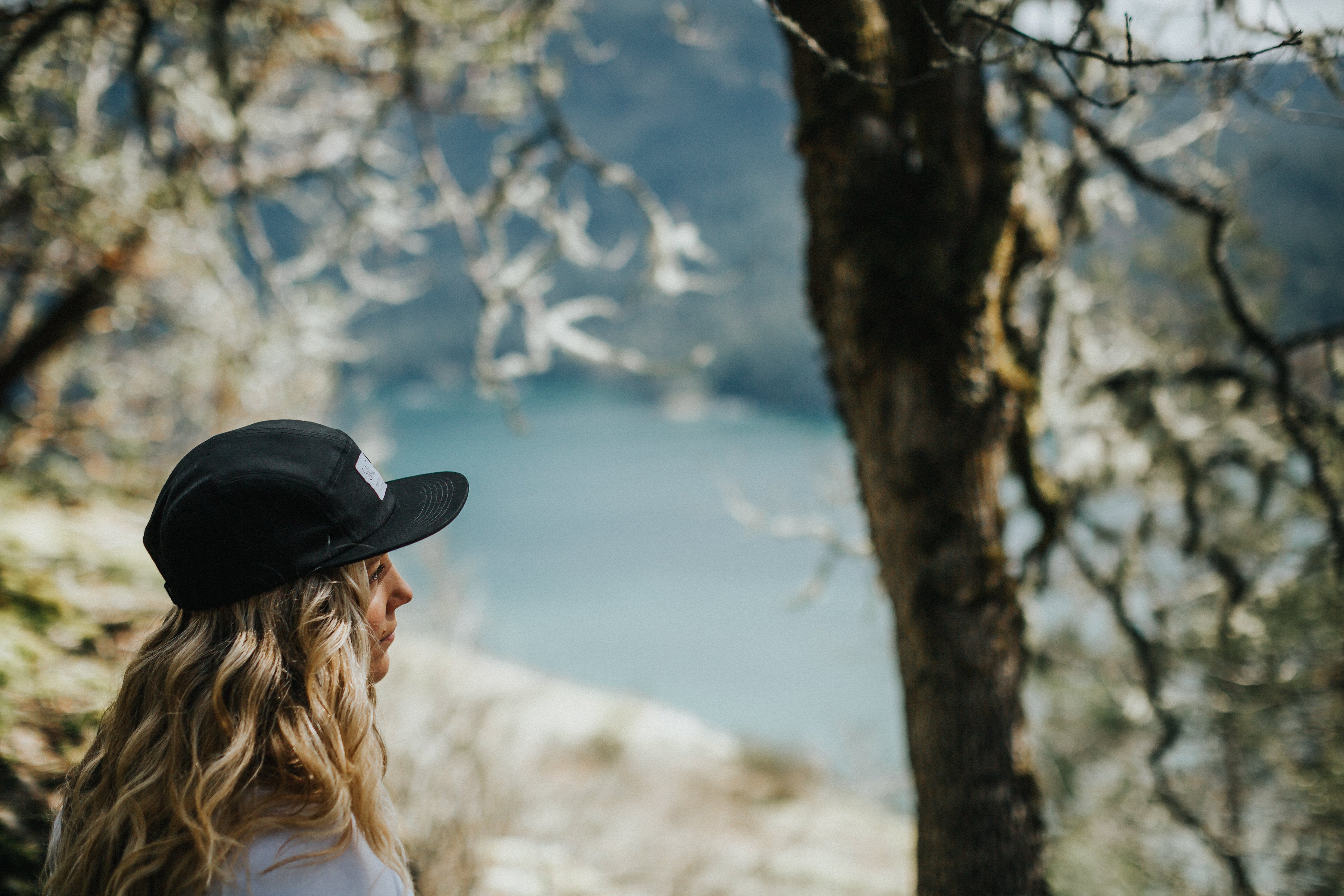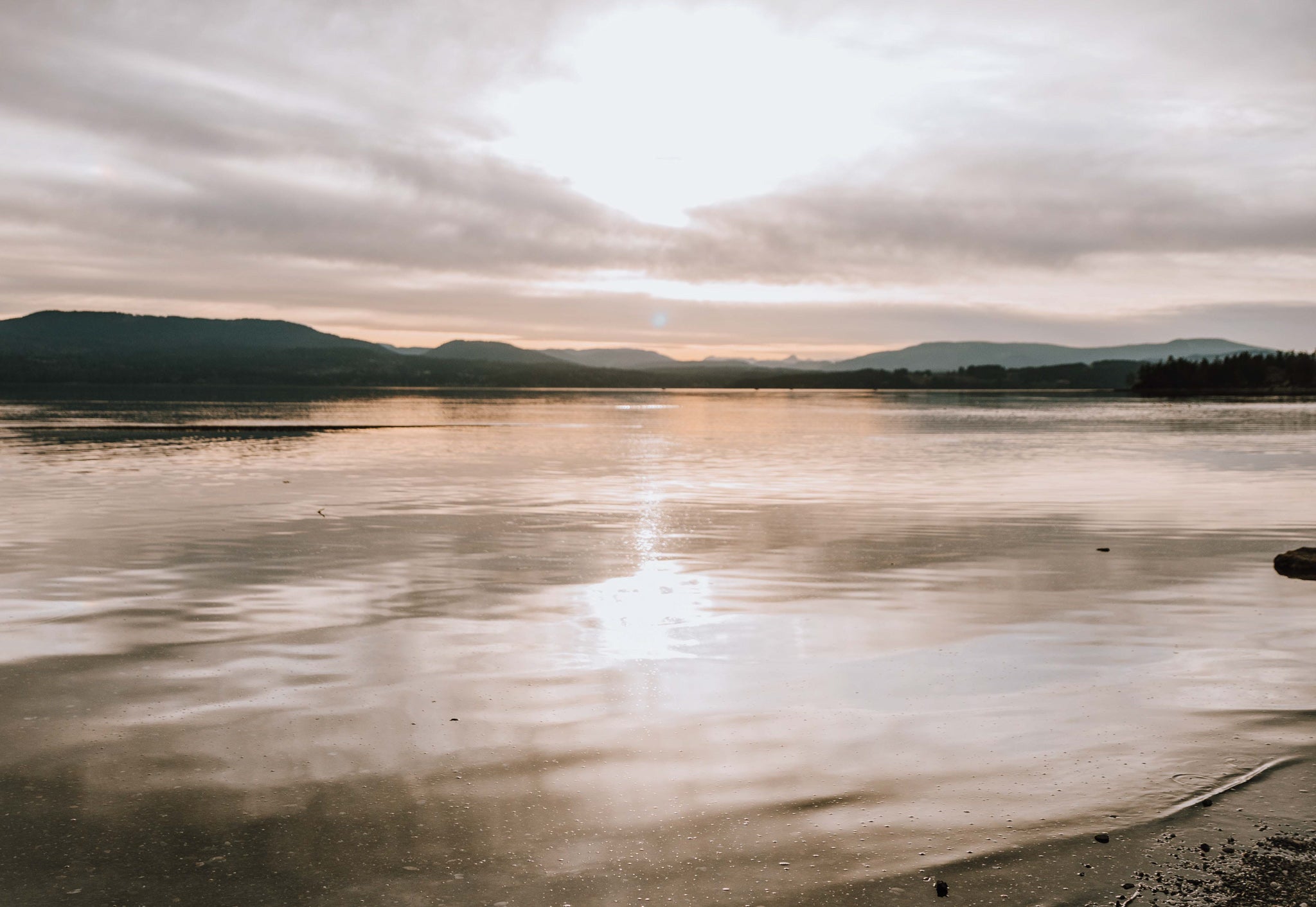
How (and Why) to Read the Tides
When Arielle and Mitch set up camp on Mystic Beach last summer, they thought they had hit the jackpot. At the end of a 2km hike, was an idyllic pebble shoreline, flanked on one end by thick rainforest and on the other by a waterfall cascading down a cliff's edge. They pitched their tent on a secluded campsite enshrouded in driftwood logs, separated from the summer's crowds. It was the hottest weekend of the year and it seemed like the perfect time to camp on this magical spot, save for one tiny overlooked detail.

Everything was going swimmingly (pun intended) until the wee hours of the morning. At two in the morning, Arielle awoke to the sounds of tidal waves crashing against the rocks and logs. A woman started shrieking as her tent rapidly flooded with water. Groups of campers rushed to move precious belongings and entire campsites away from the encroaching water line. Luckily, everything of importance was saved and the large group of campers survived the night unscathed. But they returned to their urban dwellings the next day with an important wilderness lesson:
Always check the tides.
Tides affect all aspects of coastal life: swimming, sailing, surfing, fishing and camping on the beach, to name a few. Romantic meanders along the shoreline can quickly turn into embarrassing darts along the beach thanks to a fast rising high tide.
Our ocean is a magical place, but to fully take advantage of all that she has to offer, we must learn how she behaves.
WHAT ARE TIDES?
Tides are the rise-and-fall of sea levels caused mainly by the gravitational pull of the moon and the sun. They vary based on the relative positions of the sun, the moon and the Earth, as well as the geographical features of that particular coastline. Many coastlines around the world will have two equal high tides and two equal low tides, however, this is not always the case. Certain protected bodies of water, including our very own Salish Sea, experience “mixed tides”, which follow an uneven tidal pattern (unequal high and low tides).
HOW TO READ TIDE CHARTS
Since the tides change from day to day and place to place, it’s important to check tide charts or tables as we plan our coastal activities.
Tide charts present a visual representation of the rise and fall of the tides based on the time of day.
Taken from https://tides4fishing.com/ca/british-columbia/ganges-harbour#_tides
Tide tables list the high tides and low tides for each day.
Taken from https://www.tides.gc.ca/eng/station?type=0&date=2021%2F08%2F21&sid=7407&tz=PDT&pres=1
Here are some of our favorite tidal resources:
- Tides4fishing
- Tides.gc.ca
- Navionix app
What do all those numbers mean?
Both tide charts and tide tables give the tide heights based on the chart datum or the average of the lower low water tides in the area.
What does that mean?
Statisticians will take the lowest low tide levels of a period of time and calculate the average low tide based on that data. That figure will be considered "zero tide" (or the chart datum)
Basically anything lower than the number one signifies a very very very low tide.
The high tides are the highest numbers listed during the day. They signify how high over the “chart datum” the water will swell to.
The greater the “tidal range” or the difference between high tide and low tide on a given day, the more extreme the tides. Low tide will be very low, and high tide will be very high.
Some areas have a much greater tidal range than others, so it's important to know what the tidal patterns are in the area before setting anchor! Southern British Columbia has a tidal range of about 2 meters, whilst the northern coastlines have a tidal range of over seven meters. Meanwhile, The Bay of Fundy in Eastern Canada has a tidal range of up to 12 meters!
Cruise ships in Alaska (where the tidal range is quite large) will sometimes have to move the gangway from deck 4 to deck 7 (3 full stories!) in a matter of hours.

HOW TO APPLY TIDE CHARTS IN REAL LIFE
Find a Tide Chart Based on Your Location
A simple google search with the keywords “tide chart” and your location of choice will likely provide you with a chart to suit your needs. Be as specific with the location as possible.
Look for the specific date and time of your beach activity
Tides vary from day to day. As you plan your coastal activities, you can check for the tide predictions a few weeks in advance. We do recommend rechecking those tides closer to the actual date if you have a big activity planned.
When planning a beach picnic, bonfire or a day of digging for clams, plan for the lowest tide possible.
Extra tip: The wider the tidal range on that day, the lower the low tide!
When camping on the beach, make sure to set camp above the highest high tide mark for that time period.
When going for a walk along the beach, check to see if the tides are rising or falling.
Sailing over shallow waters? Plan to sail over high tide
Watch Out for Tidal Currents!
As the ocean moves from one tidal extreme to the next, a current will form, pushing the water in or out. This is important to remember when taking a kayak or paddle board out into the great blue sea. If you’re having an easier-than-normal time paddling out to sea, that may be because a current is working in your favor. Be wary! For once you decide on heading back in, that same tidal current could start working against you.
Don’t always expect a regular tidal pattern. In areas with “Mixed Tides” (such as the Gulf Islands), the tidal heights can sometimes plateau
This means that the high tide will sometimes stay high for an extended period of time. Make your plans accordingly!
Remember: A little tidal knowledge goes a long way!




